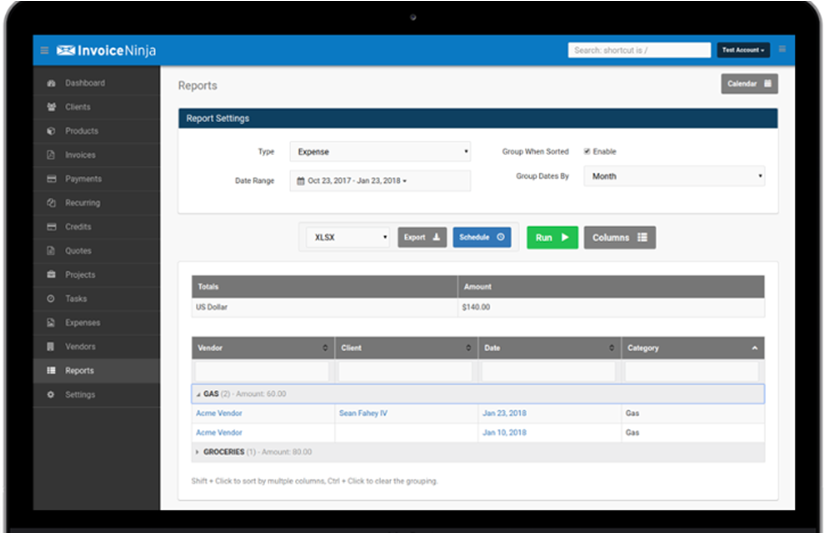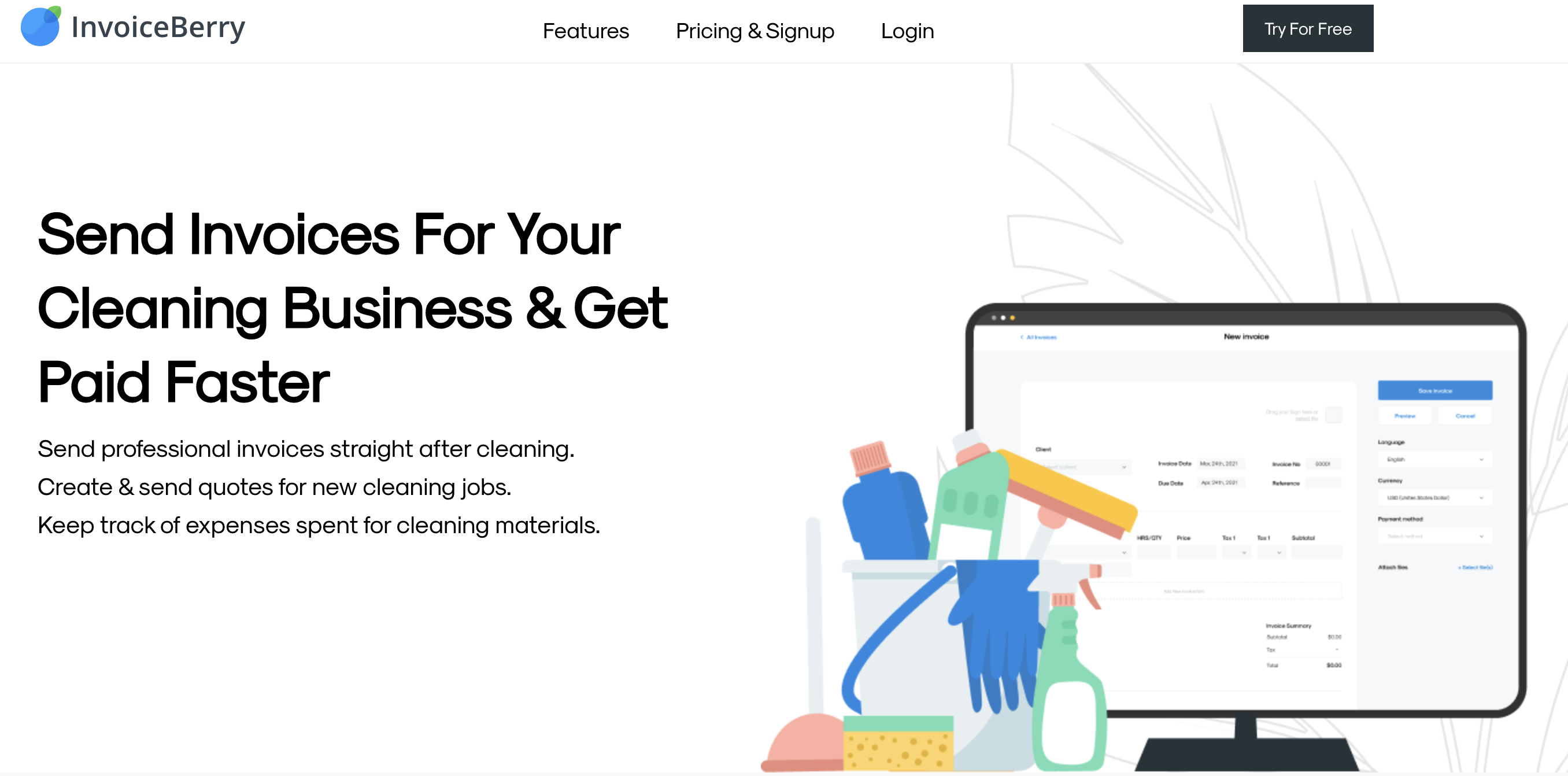Invoices may not sound exciting, but they’re super important. Whether you’re freelancing, running a small business, or selling crafts online, invoices keep your money organized. Let’s break it down simply, so you can be a total invoice pro without the headache!
What’s an Invoice, Anyway?
An invoice is a fancy word for a bill. It tells someone what they owe you and when to pay.
Sent work to a client? Made a custom bracelet? Give them an invoice! It helps you get paid and keeps records tidy.
Types of Invoices (You’ll Probably Use One!)
There are many kinds of invoices. Let’s list the most common ones:
- Standard Invoice: The regular kind. Includes services, prices, and due date.
- Recurring Invoice: Sent on a schedule (like monthly). Great for memberships or retainer work.
- Pro Forma Invoice: A preview. It’s sent before the real job starts, to show what the final cost will be.
- Credit Invoice: Used to give a refund or discount.
- Debit Invoice: Shows an extra charge, like adding costs after the original bill.
- Timesheet Invoice: For hourly workers. Lists hours worked per task.
Pick the type that fits your work best. You might use more than one!
What Makes an Invoice “Good”?
Good invoices are clear, complete, and correct. Here’s what to include:
- Your info: Name, address, email, and maybe your logo.
- The client’s info: Name, business name, and contact details.
- Invoice number: A unique number to keep things organized — like #001 or #2024-05.
- Date: The day you sent the invoice.
- Payment due date: When the money needs to be paid (like “Due in 14 days”).
- Detailed list of services or items: Include prices and quantities.
- Subtotal, taxes, and total: Make the math simple and put the final total in bold!
- Payment options: Bank details, PayPal, or even check instructions.
- Thank you note: It’s a small touch, but it goes a long way!

How to Make an Invoice (Step by Step)
Creating an invoice doesn’t need fancy software. You can use Word, Google Docs, Excel, or even a free online tool.
Here’s a fun guide:
- Start with a template – Search online for “invoice template” or use pre-made ones in Google Docs.
- Add your info and logo – Show off a bit and make it look professional.
- Put in the client’s info – Double-check spelling!
- Number the invoice – Each one should be unique.
- List what you did or sold – Include detail, like “3 hours of design work.”
- Do the math – Total everything clearly.
- Add payment details – Tell them how to pay you.
- Write a quick thank you – Be polite and kind!
- Send it – Email as a PDF so it looks the same on their end.

Quick Invoice Tips for Success
- Stay consistent: Use the same layout every time.
- Follow up: If someone’s late, send a reminder (politely).
- Store copies: Keep all invoices in a folder or cloud drive.
- Use tools: Try apps like Wave, QuickBooks, or Hello Bonsai to make invoicing faster.
Common Mistakes (And How to Dodge Them)
Even pros mess up sometimes! Avoid these:
- Forgetting the due date: Clients need to know when to pay.
- Missing payment info: Make it easy for them to send the money.
- Being too vague: Always list what you did, not just “services.”
- Not numbering invoices: This makes tracking super confusing.
Wrap-Up: You’re Ready to Invoice Like a Boss!
Invoices don’t have to be scary or boring. Think of them like power tools — they help you get what you’ve earned.
Start simple, be clear, stay organized, and always follow through. Your wallet will thank you!
Now, go forth and invoice with confidence!
